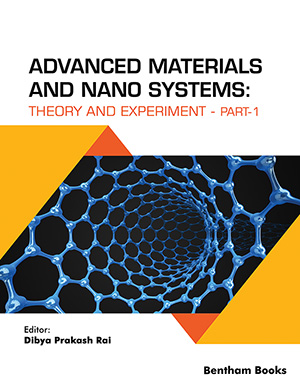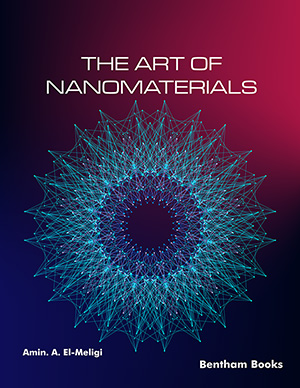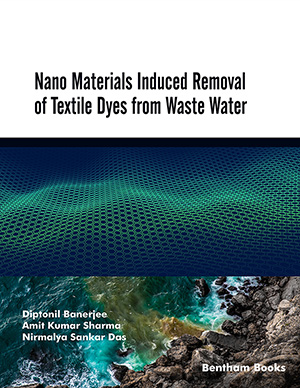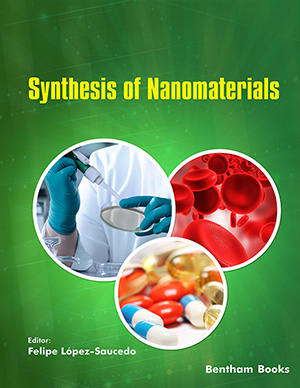Abstract
Photonic crystal (PhC) has witnessed an unprecedented research interest
since its discovery by Yablonovitch and John in 1987. PhC has undergone substantial
theoretical and experimental study because of its periodic dielectric structure and
ability to guide and manipulate light at the optical wavelength scale. The photonic band
gap (PBG), one of the fundamental characteristics of PhC, prohibits the transmission of
light inside a definite wavelength range. The PBG property of PhC opens up enormous
opportunities for envisioning a wide range of applications like communication,
filtering, bio-sensing, interconnector, modulator, polarizer, environmental safety, food
processing etc. However, a peculiar property can be observed when defects are added
to PhC, the periodicity of this dielectric structure is disrupted, allowing PC to exhibit
high electromagnetic field confinement, a little more volume, and feeble confinement
loss. The propagation of light can be altered and engineered by altering the structural
characteristics of PhC or introducing appropriate materials into the rods of PC. Among
the different applications, optical interconnect is the most escalating application in a
photonic integrated circuit. This chapter addresses a novel 2D photonic crystal
waveguide for optical amplifier application. The proposed structure comprises 9×9
circular rods of Si with air in the background. A sequence of Si rods is removed to
create a defect in the 90o
shape. The finite difference time domain method (FDTD) can
be adjusted to envisage the electric field allocation along the 90o
bend defective region.
Several geometrical factors, such as the radius of the Si rods and the gap between
lattices, are judiciously optimized in order to realize strong light confinement inside the
defect region. The intensity of incident light and the transmitted light is evaluated
through numerical analysis, where it is found that the transmitted intensity from the waveguide is much higher than the intensity of incident light, which ensures that the
projected construction can act as an optical amplifier. Apart from this, the bending loss
close to the bending area of the photonic waveguide is investigated. A small bending
loss of the order of 10-5 exists, which indicates efficient guidance of light along the 90o
bend path. Lastly, the confinement loss along the defect region is studied, which is
found to be in the order of 10-11. So, the light propagation with negligible loss indicates
that the future PCW could be an appropriate applicant for optical interconnect
applications.
Keywords: Bending loss, Confinement loss, FDTD, Nonlinearity, Optical interconnect, Photonic crystal waveguide.






















